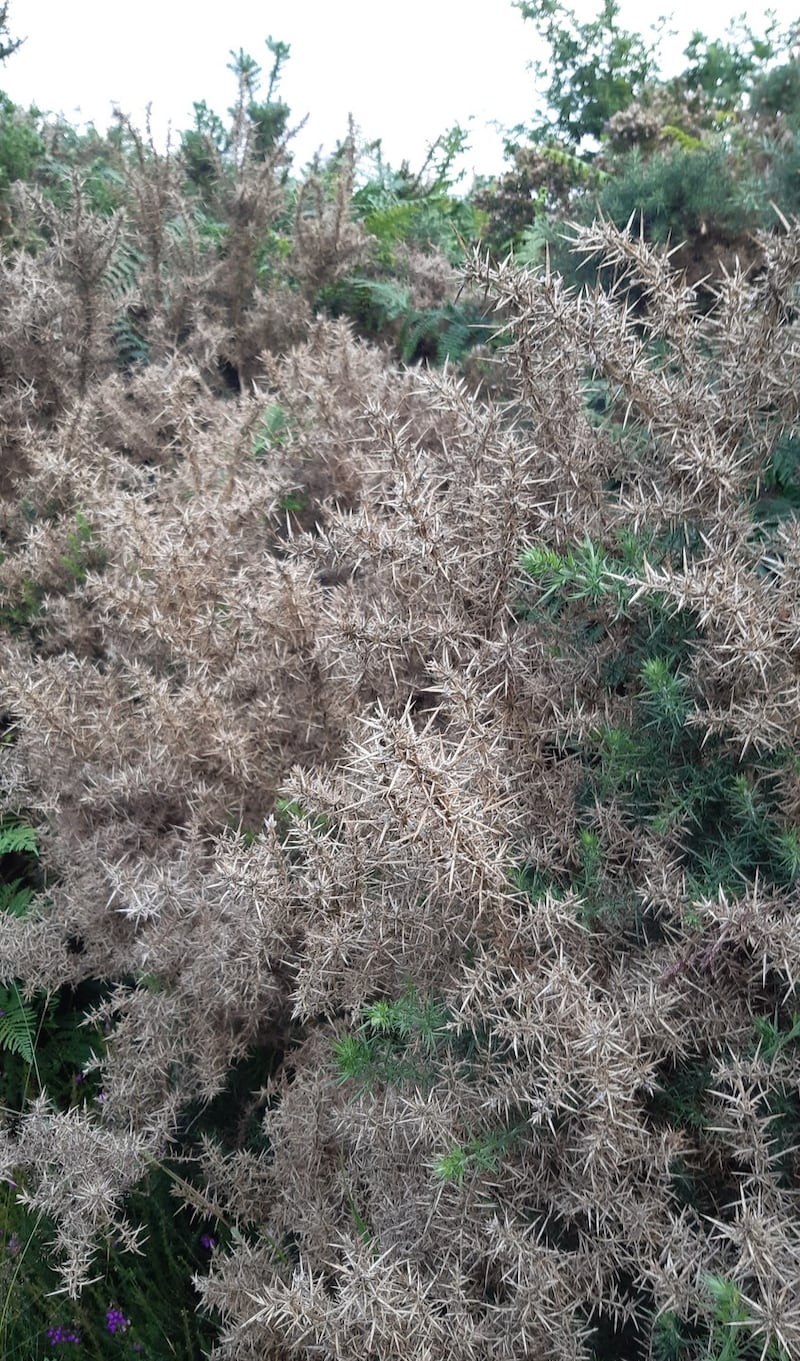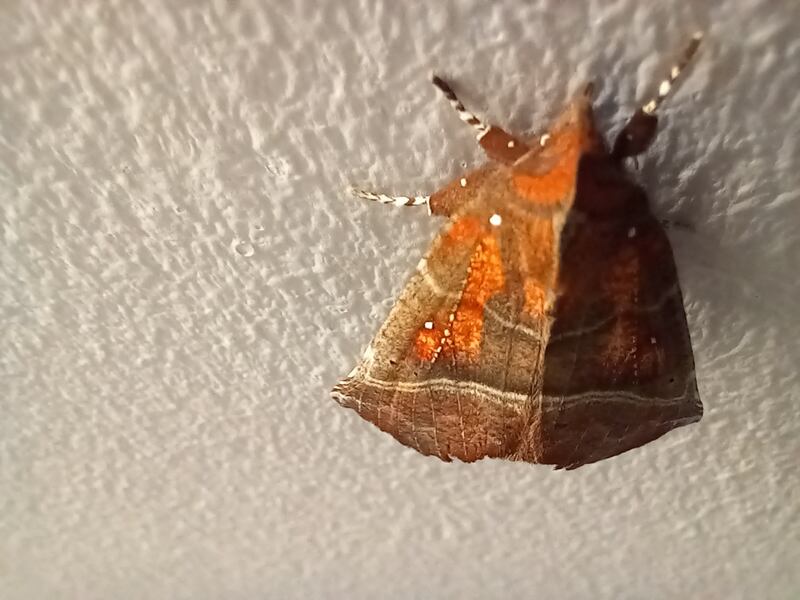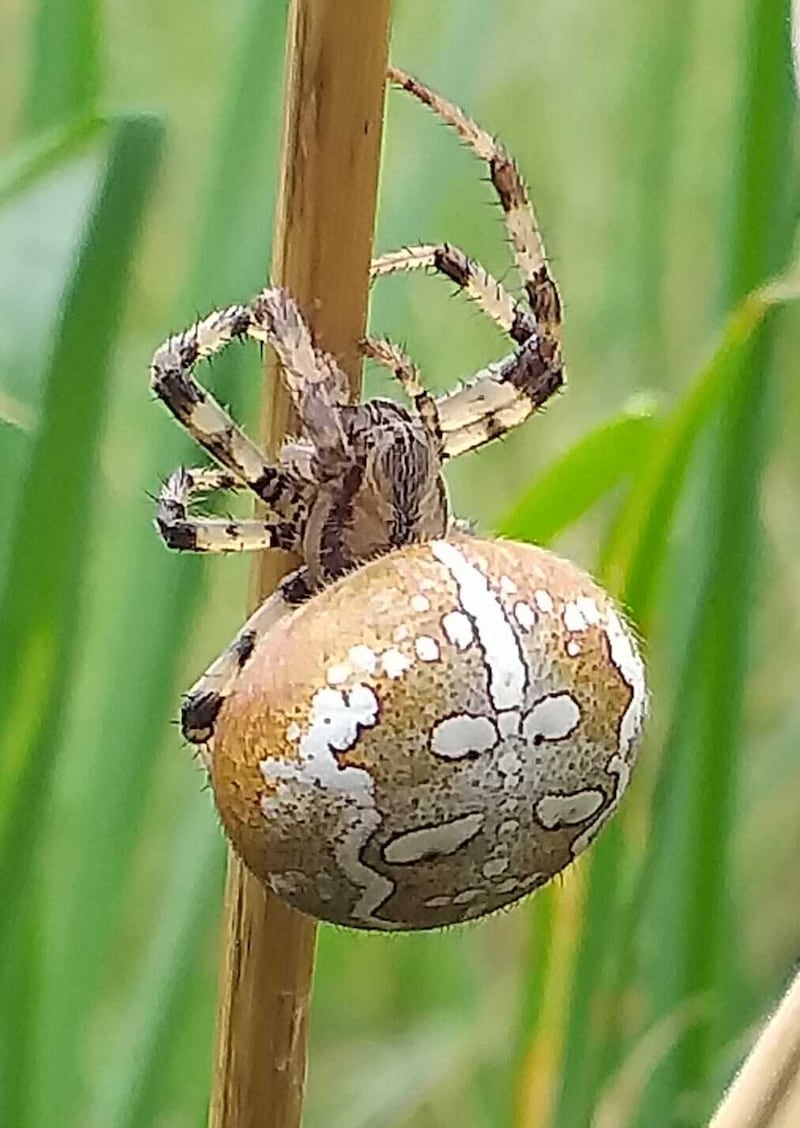
I saw this exotic-looking heron with bright-yellow feet wading in the Dodder behind the Aviva stadium. Is it a snowy egret? – Mark O'Rahelly
The perils of looking things up on Google! Snowy egrets only occur in the Americas. This is a little egret, a resident breeding species here for the past 24 years, having spread northwards from southern Europe as a result of climate change

Gorse plants seem to be dying on a huge scale this year. Any ideas why? This example is from Trooperstown. – Tom Fuller
The fungus-type pathogen (Phytophthora ramorum) came into this country on rhododendron in 2002, spread to Japanese larch in 2010 and is now attacking our spring-flowering furze (Ulex europaeus).

In the past few days we have seen gatherings of 10-25 wasps on the summit cairns of four mountains in the west of Ireland at and above 632m. These are rocky mountains, without much available nectar. Could the wasps have been feeding on midges? Or why are they there at all? – Garret Michael and Helen Lawless
A puzzle right enough. Jim Hardie from the Royal Entomological Society agrees that it is the Norway wasp, which has a scattered distribution in upland areas. There may be a nest there and the wasps could have been feeding midges to their hungry grubs. But the adults now need sugary food and there are no flowers at that height . . .

This moth came into our bathroom near Gorey. Please identify this for us to avoid a family argument after we failed to sort it on Google. – Charles Dudley
It is a herald moth, which flies until November. It is common enough in Ireland and over winters as an adult. Hope this prevents an outbreak of war.

This lovely picture of the orbweb spider (Araneus quadratus) was photographed and identified by Dylan Carey in Co Mayo.
Have you a nature query, observation or photo you would like to share with The Irish Times? Submit it, with location of the image, via our website irishtimes.com/eyeonnature









